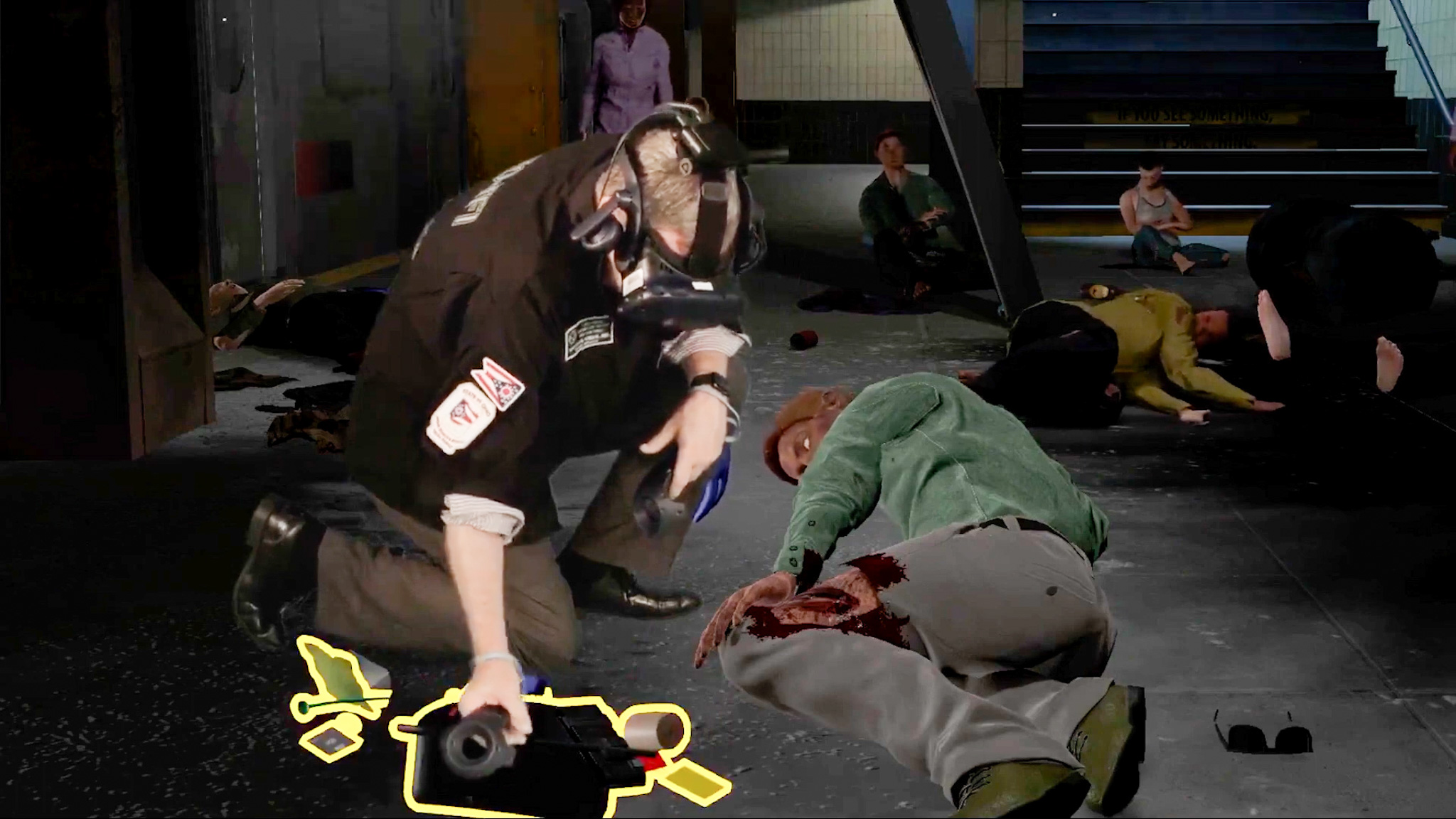(COLUMBUS, Ohio) – In a mass casualty disaster, every second counts. Unfortunately, these tragedies are happening with greater frequency, with the FBI reporting a nearly 100% increase in active shooter incidents since 2017. First responders are trained to quickly assess the situation, triage victims and administer life-saving care in chaotic situations. But recreating these scenarios can be difficult and has traditionally required extensive resources, time and space. Now, a new virtual reality program developed by emergency physicians and researchers at The Ohio State University College of Medicine in collaboration with Ohio State’s Advanced Computing Center for the Arts and Design makes this critical training as simple as putting on a headset.
“It’s very important for first responders, law enforcement, and physicians to be able to go into a scene, do hemorrhage control, and triage victims to determine who needs medical care first,” said Dr. Nicholas Kman, professor of emergency medicine at Ohio State College of Medicine. “Our high-fidelity program is designed to look very realistic, and once you put that headset on you are immersed into a scenario where you can move around, interact with victims, and make life-saving decisions.”
The program can be customized, varying the number of victims, their injuries, and distractions like smoke and noise. Artificial intelligence allows trainees to give commands and ask questions and receive realistic feedback from victims that is consistent with their condition. They are also equipped with tools needed to treat life-threatening injuries, such as tourniquets and wound packing, as well as triage tags to prioritize care when more help arrives.
“Features of the program allow trainees to move naturally and complete tasks just as they would on a real call. For example, the controllers are equipped with haptics that vibrate when the user takes a patient’s pulse so their heart rate can be accurately recorded,” Kman said. “This hands-on type of training also helps with information retention so first responders can recall what they’ve learned when it matters most.”
Following each training session, the program immediately produces an assessment on things like asking the right questions, sorting patients correctly and administering care. Kman says almost everyone they’ve worked with has wanted to go right back in to improve their performance. The program is already in use in several community EMS and fire departments and is quickly expanding across the country.
NOTE: Please use THIS LINK to direct your audience to find more information.









